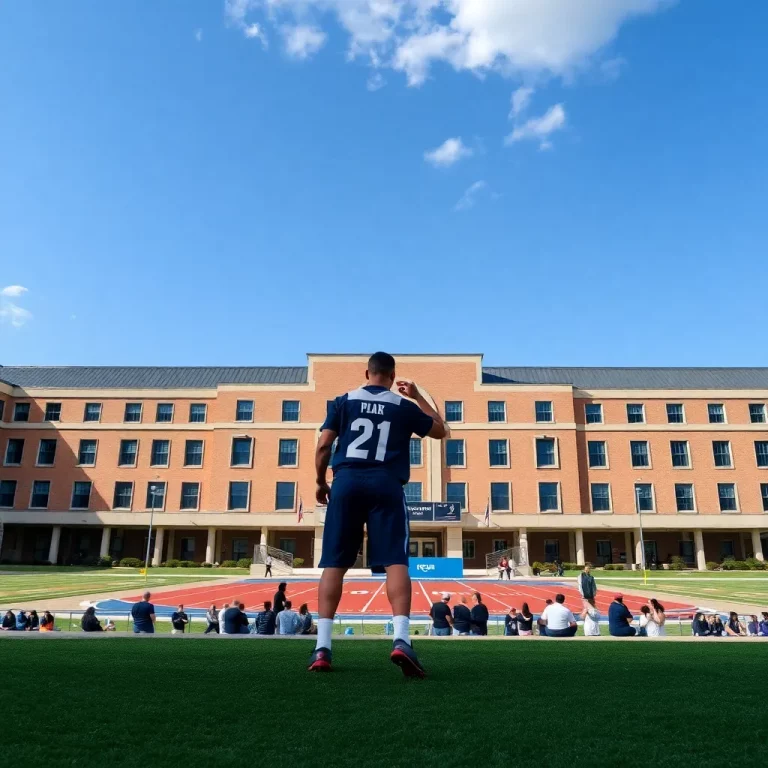In a significant shift for college athletics, the NCAA’s House settlement era kicked off this week, where athletic programs across the nation can start paying millions to their athletes. This marks the biggest change in the history of NCAA sports, moving away from the long-standing amateur model that has defined college athletics for decades.
As the new landscape unfolds, different schools are responding in varying ways. Some powerhouse universities are diving headfirst into this new payment structure, while others have chosen to sit on the sidelines and wait for further developments. These schools, referred to as the opt-outs, include notable names like Nebraska-Omaha and Montana, who opted out before the Monday deadline.
Nebraska-Omaha stated that their decision was guided by a desire to protect the interests of student-athletes while also ensuring compliance with Title IX regulations, which focus on gender equality in education and athletics. Athletic director Kent Haslam from Montana echoed similar sentiments, noting that “it’s not like we’ve been sitting on this extra pot of revenue” to share with athletes, as their rivals at Montana State have decided to participate in the revenue-sharing.
Legal expert Mit Winter brings up an important point regarding Title IX compliance, which raises concerns for schools that decide to opt in. He points out that most of the revenue from the settlement will likely skew towards male athletes, particularly in football and basketball. This could put schools with less revenue at a recruiting disadvantage, making it tougher to attract top talent.
The vast majority of Division I schools are choosing to participate in the settlement, understanding that staying competitive is crucial in the ever-evolving world of college sports. Attorney Michael Rueda emphasizes that many schools feel it’s necessary to opt in to keep their best athletes, as they face increased competition from wealthier programs.
While it’s still uncertain what the future holds in this landscape of college athletics, one thing is clear: the decision to pay athletes marks a turning point that will require schools to adapt quickly, navigate legal challenges, and embrace new fundraising strategies to thrive in this new era.


